This is the Best Time to Whale Watch in Maui in 2024
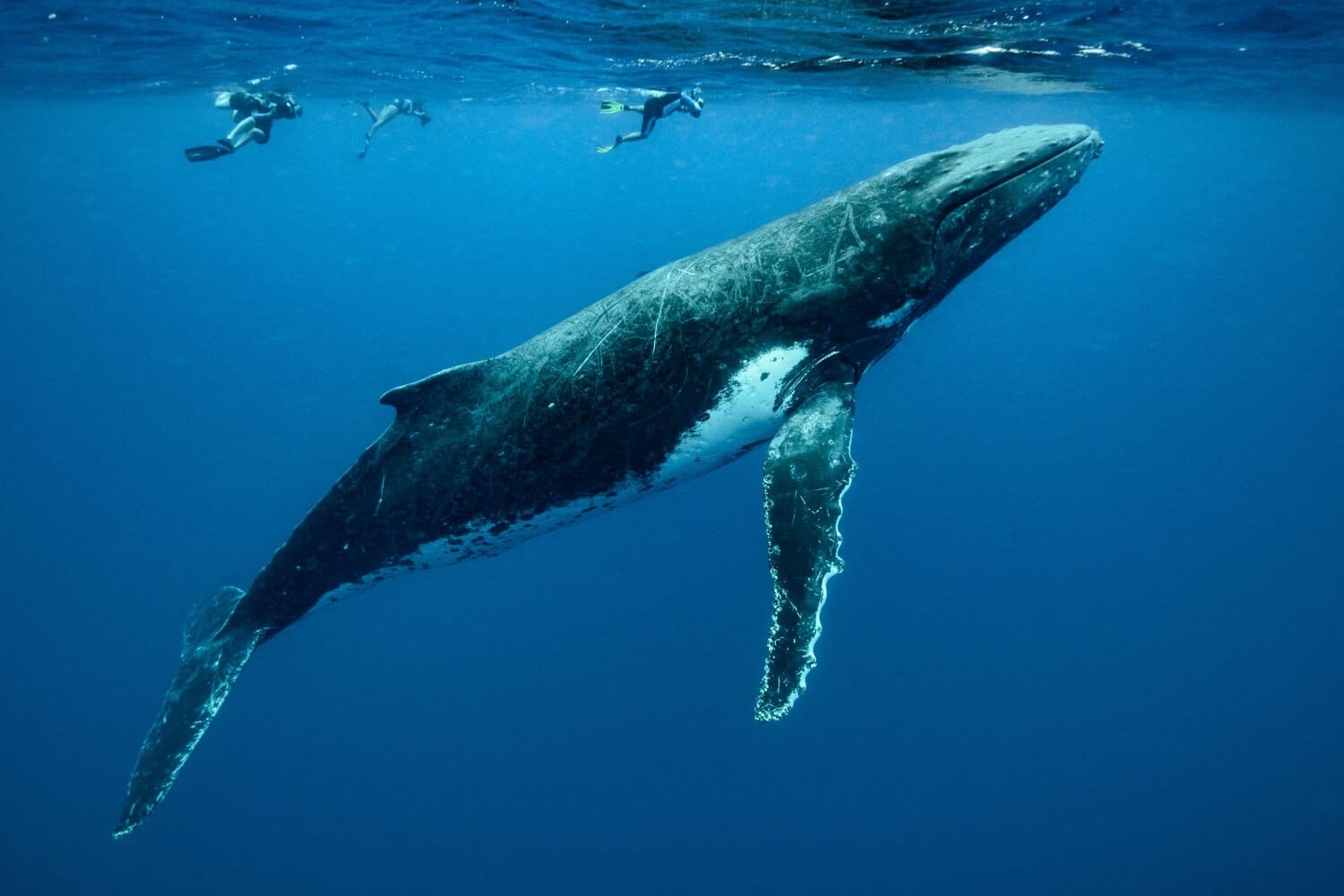

Aloha! | E Komo Mai
Your trip to Hawaii is coming, and you’re wondering the best time to whale watch in Maui – It’s great to do some research beforehand, as that’s one of the best things to do on the island.
Timing is everything when it comes to seeing the whales. You need to know the best time to whale watch on Maui to make the most of your trip.
The best time to whale watch on Maui is during the winter season, December to April. This is when thousands of humpback whales, some as long as a school bus, migrate from Alaska to Maui’s warm waters to breed, calve, and nurse their young.
Read on for all the details about the best time of year to take a whale-watching tour in Maui.
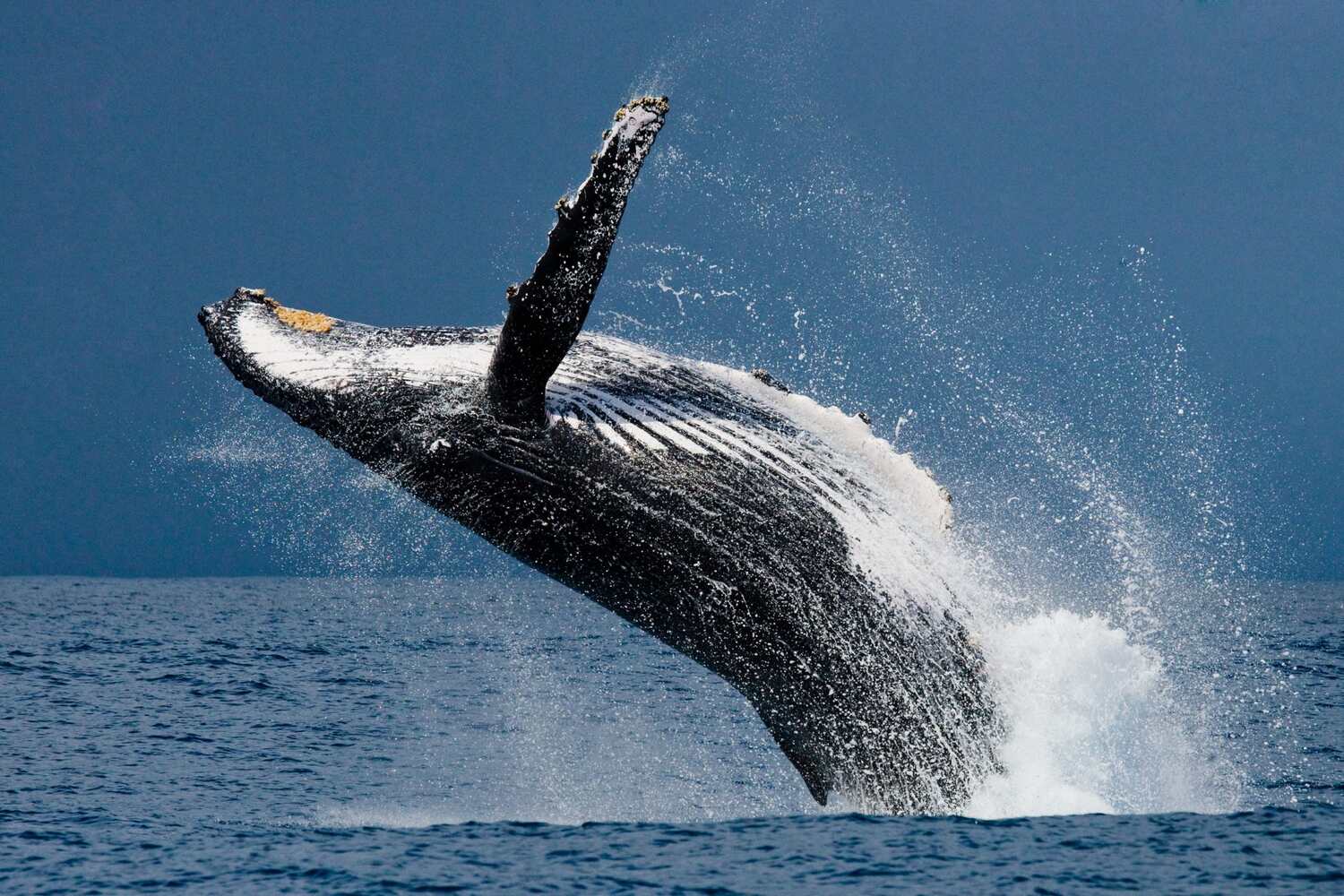
Why Maui is a Whale Watching Paradise
Every year as the cold waters engulf Alaska, the whales move to the Hawaiian islands for warmer waters.
An estimated 12,000 humpback whales travel 3,000 miles to warmer waters. Some of these whales are over 60 feet and 80,000 pounds.
And you guessed it – They head to the tropical paradise of Maui.
But why do these islands, and Maui in particular, become so special for these creatures? It’s all about location.
The shallow warm waters surrounding the Hawaiian islands create an ideal environment for whales to birth and raise their newborn. Protected from predators and with comfortable temperatures, Maui becomes a haven for these ocean giants.
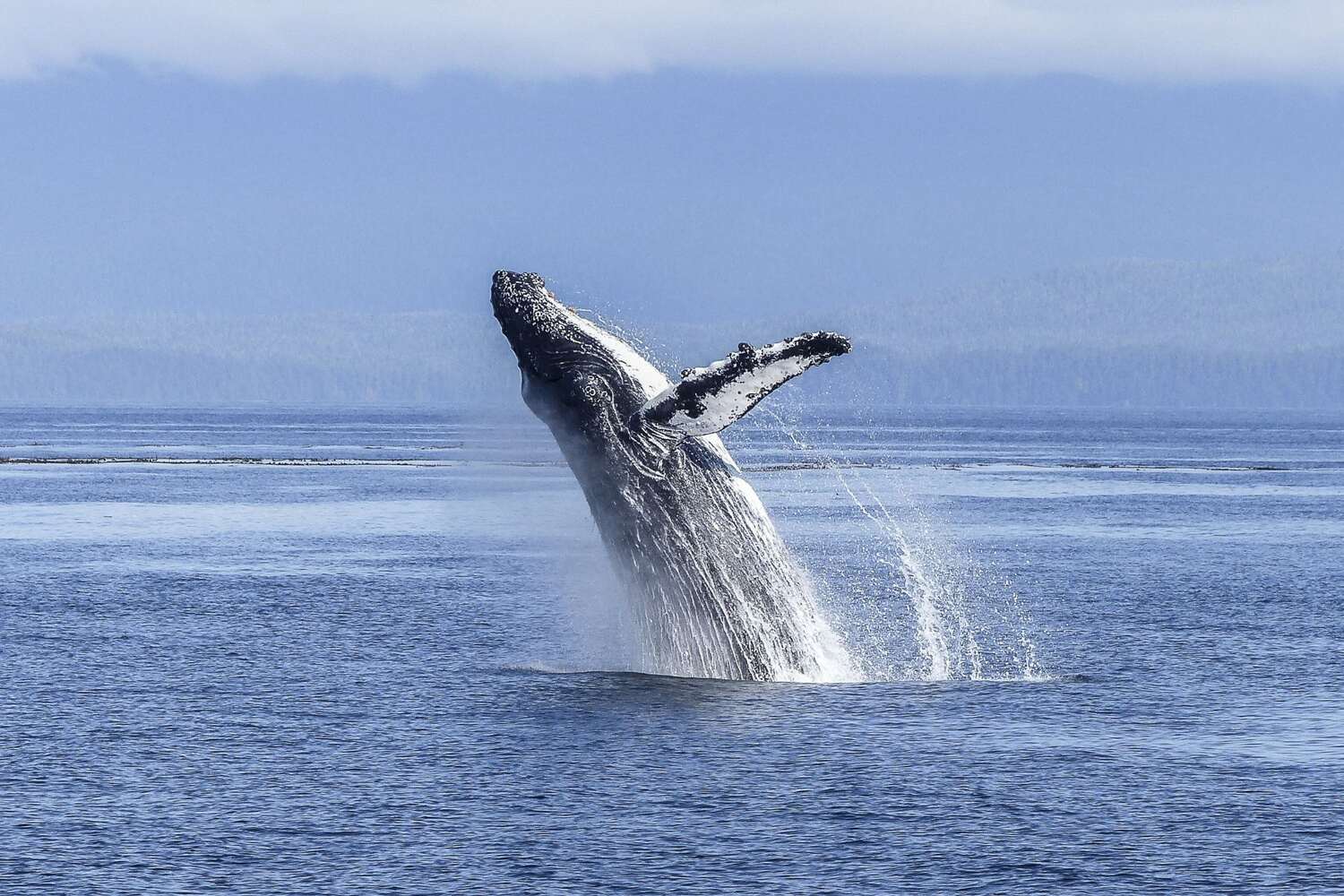
Best Time to Whale Watch Maui by Month
Let’s discuss the best month of the year to whale watch in Maui, starting in December until March, and we’ll go through the details below.
December – Whales Arrive in Paradise
December is the official start of whale season in Hawaii with tours starting in December but the whales themselves often arrive a little earlier. You might see them as early as November.
December brings curious young humpback whales. With their playful nature, they are more likely to come to the boat and you get some up-close views as they play in the water.
That being said, December is arguably the busiest month to spot them, and we recommend booking your whale-watching tour as soon as possible to secure your spot.
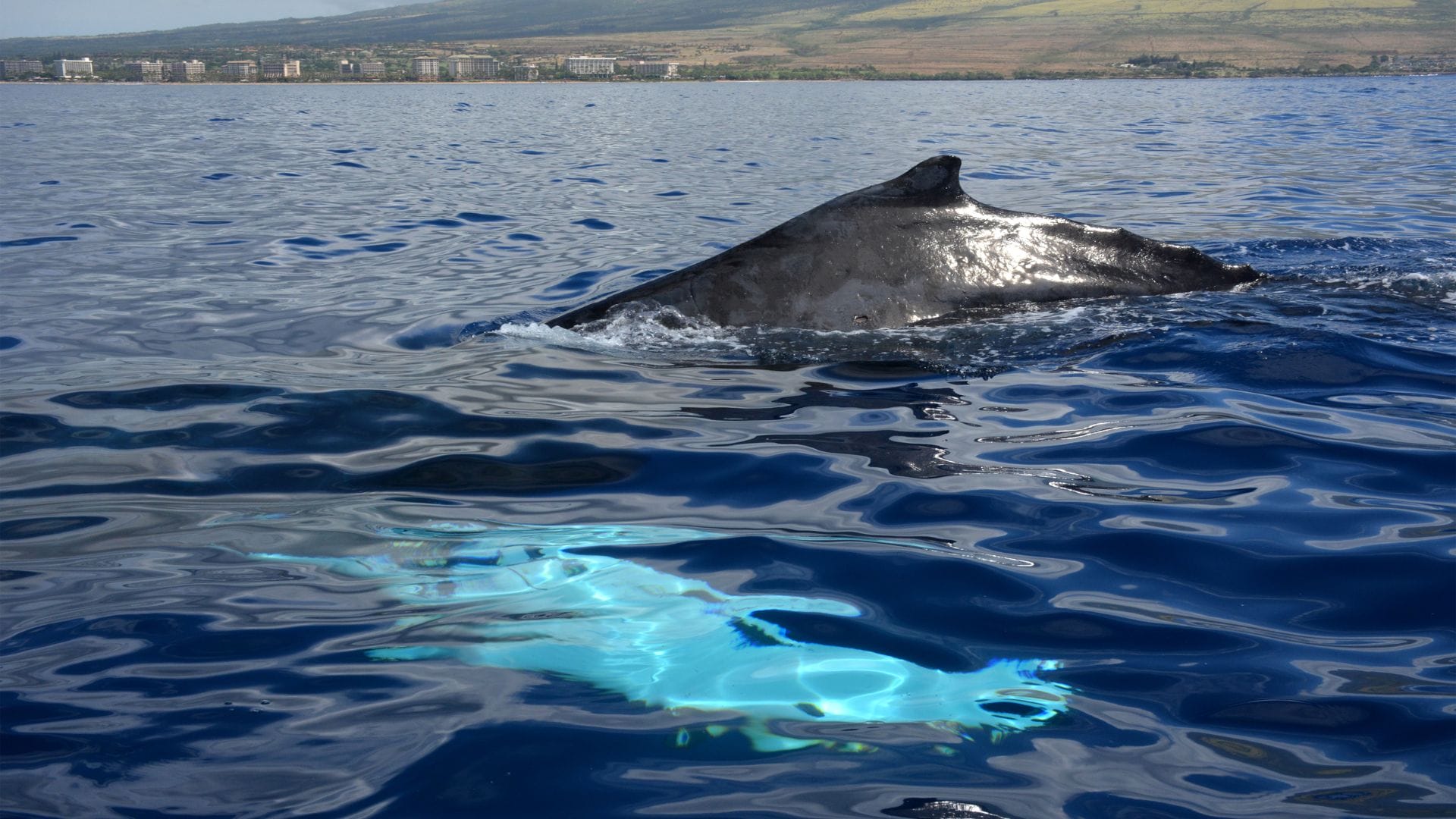
January - Whale Watching is at its Peak
By January, all migrating whales will have arrived in the waters around Maui. The ocean becomes a stage for some of the most incredible displays of nature.
This is the peak month with an estimated 12,000 whales in the waters of Hawaii. You will definitely see whales and they are very active.
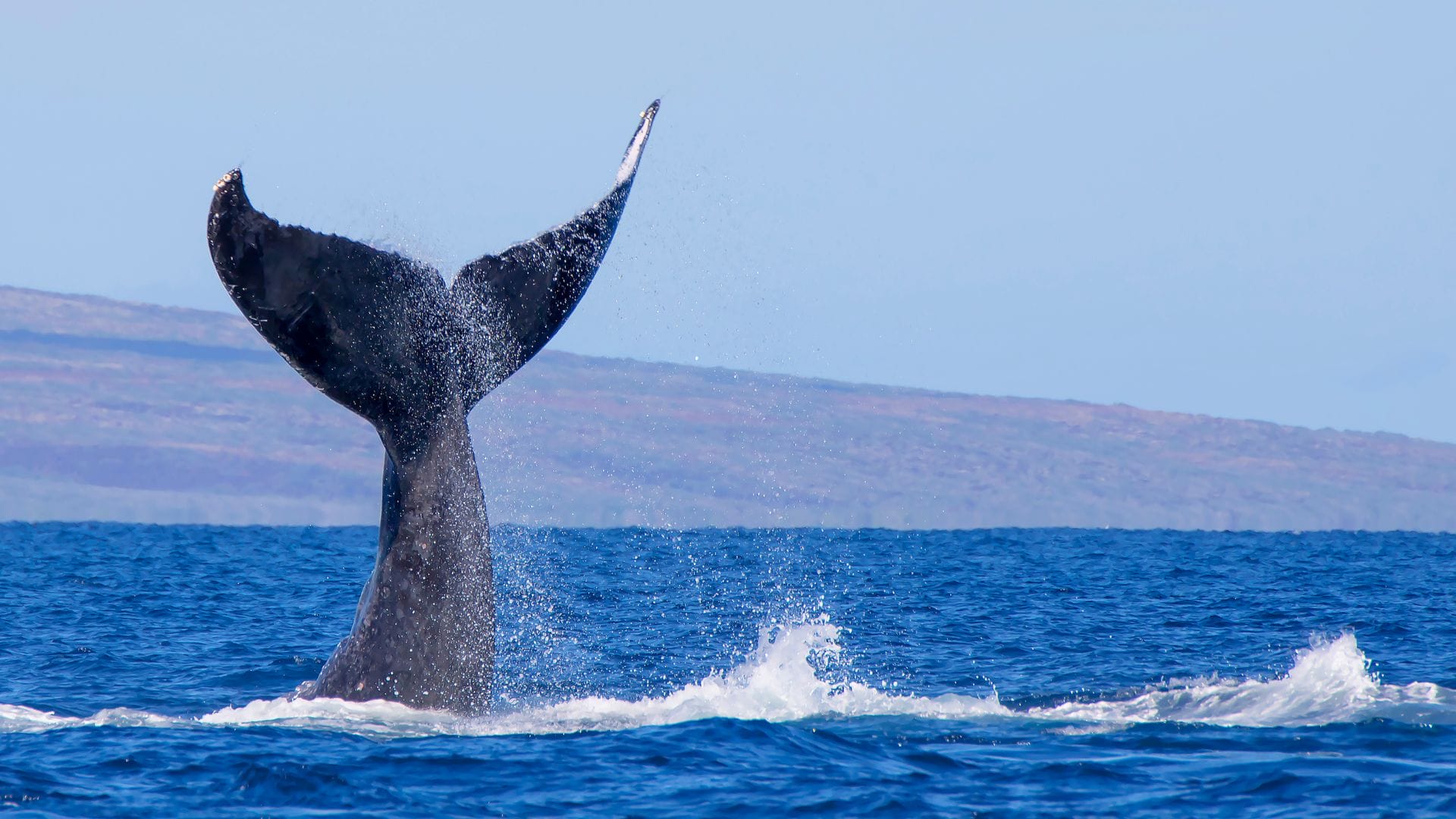
February - Breaches and Tail Slaps
The whales are still here and very excited in February, and you’re also guaranteed to spot them. Whales are settled, calves are growing and the ocean comes alive with breaches, tail slaps, and spy hops. You’ll learn about all their games while joining a whale-watching tour in Maui.
Males are competing and it adds to the drama and energy of the show. February is a great month to see surface behavior like pectoral slaps.
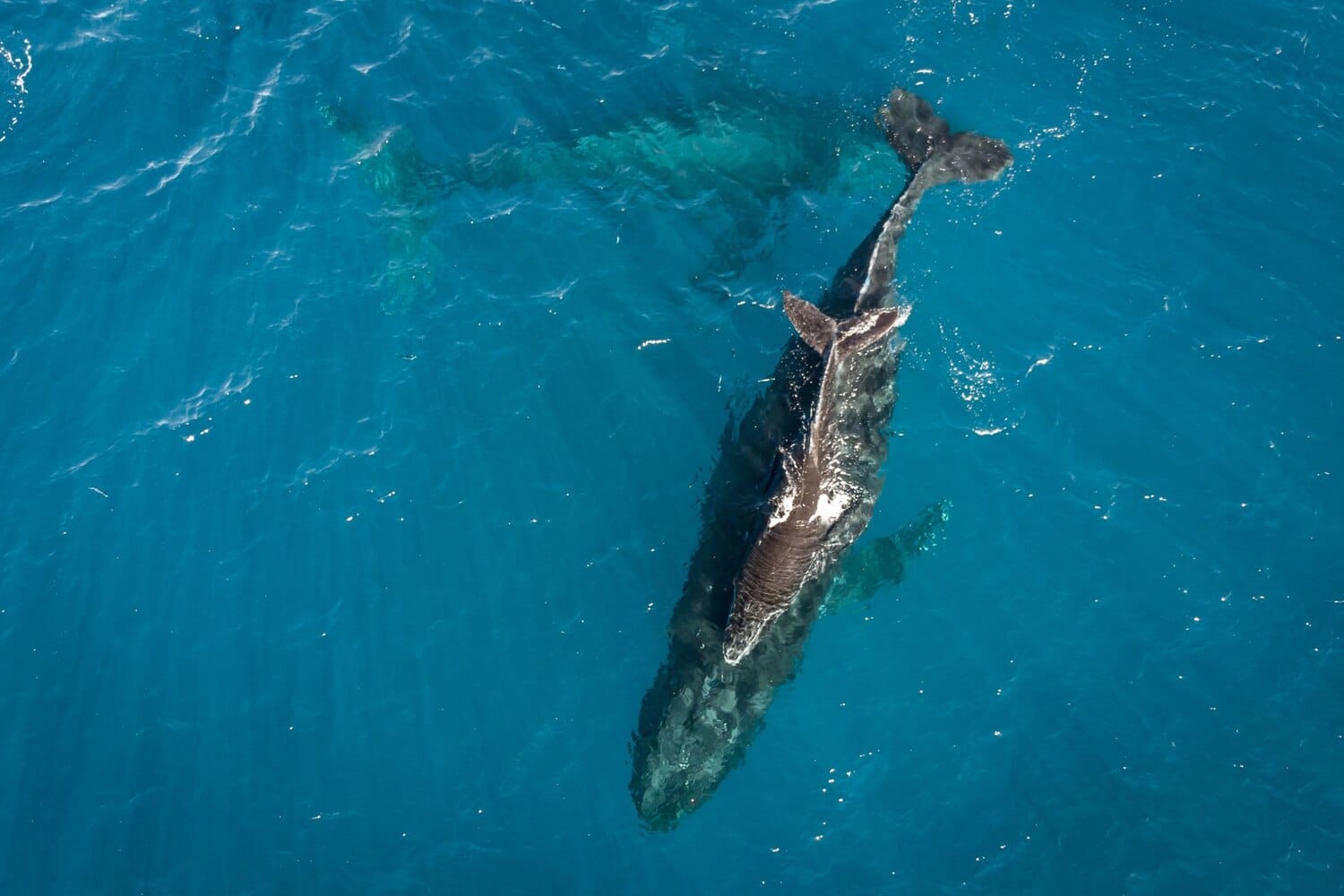
March - Saying Goodbye as the Whales Head North
As March arrives, whale numbers start to decrease as they go back to Alaska. But the remaining whales, especially the mothers with young calves, will stay a little longer and it’s your last chance to see them before they head back up north.
This is the last month to book whale-watching tours by boat to see them.
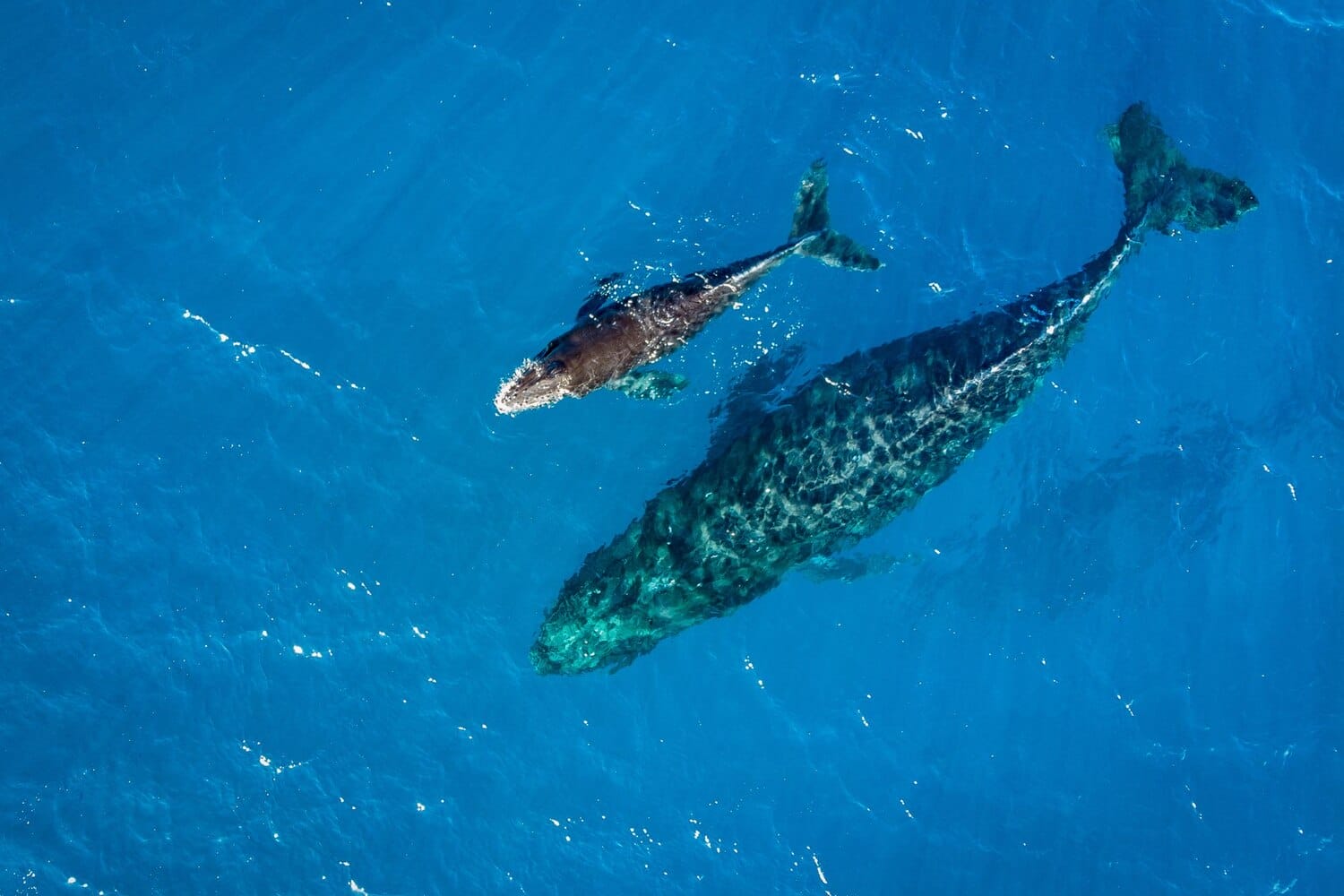
Book Your Whale Watching Adventure
Now that you know the best time to whale watch on Maui let’s talk strategy – how do you actually get to see them?
Join a Whale Watching Tour
Whale-watching tours are the way to go. Experienced captains will take you to the best viewing areas, share interesting facts about whale behavior, and even use hydrophones to let you listen to the male humpbacks’ underwater songs.
There are several tours you can join, from bigger groups on a catamaran or a sailboat to a more exclusive experience like paddling on a kayak or canoe. We’ll tell you more here below.
Go Active Whale Watching
Why not make your whale watching in Maui an adventure? Maui has several options for an active experience. Kayaking is a popular one, with companies offering tours where you can paddle alongside these gentle giants.
You can find kayak whale-watching tours departing from Wailea or Kihei, with the Kihei one being a 4-hour tour. For a more personal experience, guided paddleboard tours are available, where you can get a whole new perspective on whale watching.
Book in advance, especially during the peak months of January to March as spots fill up fast.
Another great option is a canoe tour, where you can join a small group for a guided canoe expedition that combines cultural insights with up-close whale watching.
Always prioritize safety; if you’re not an experienced paddler, consider a guided tour so you can have a safe and fun adventure!
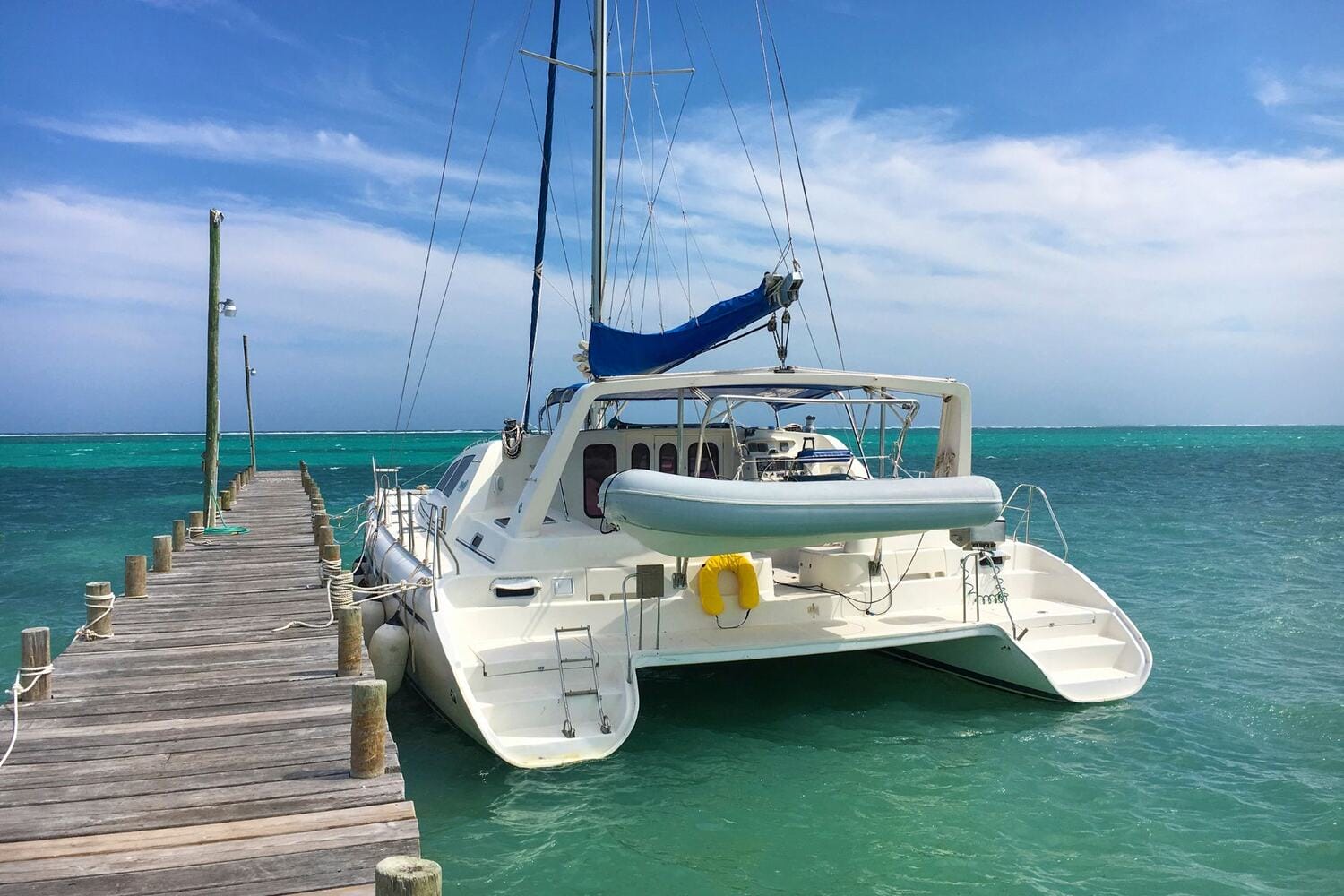
Whale Behavior You Can Spot
Other than whales themselves, their behavior and games often steal the show, and there are many movements and behaviors to look out for:
| Behavior | Description | Why They Do It? |
| Breaching | Leaping completely or almost completely out of the water and landing with a tremendous splash | Scientists speculate it could be a form of communication, a way to remove parasites, or simply a display of playfulness |
| Tail Slapping (Lobtailing) | Slamming their tails forcefully onto the water’s surface, creating loud slapping sounds | Often interpreted as a warning signal or a display of dominance, especially during competition for mates |
| Pectoral Fin Slapping | Similar to tail slapping but using their long pectoral fins to hit the water | The reasons are similar to tail slapping and are believed to be a form of communication and display |
| Spy Hopping | Rising vertically out of the water, often until their eyes are above the surface, to observe their surroundings | This allows them to get a better view of their surroundings, potentially to locate other whales or check for predators. Think of it as their version of popping their head up for a quick look around. |
| Head Lunging | Charging forward with their mouths open, usually during competitive displays between males | Demonstrates aggression and dominance, often directed towards rival males to establish hierarchy within a group. Competition pods are known for this. |
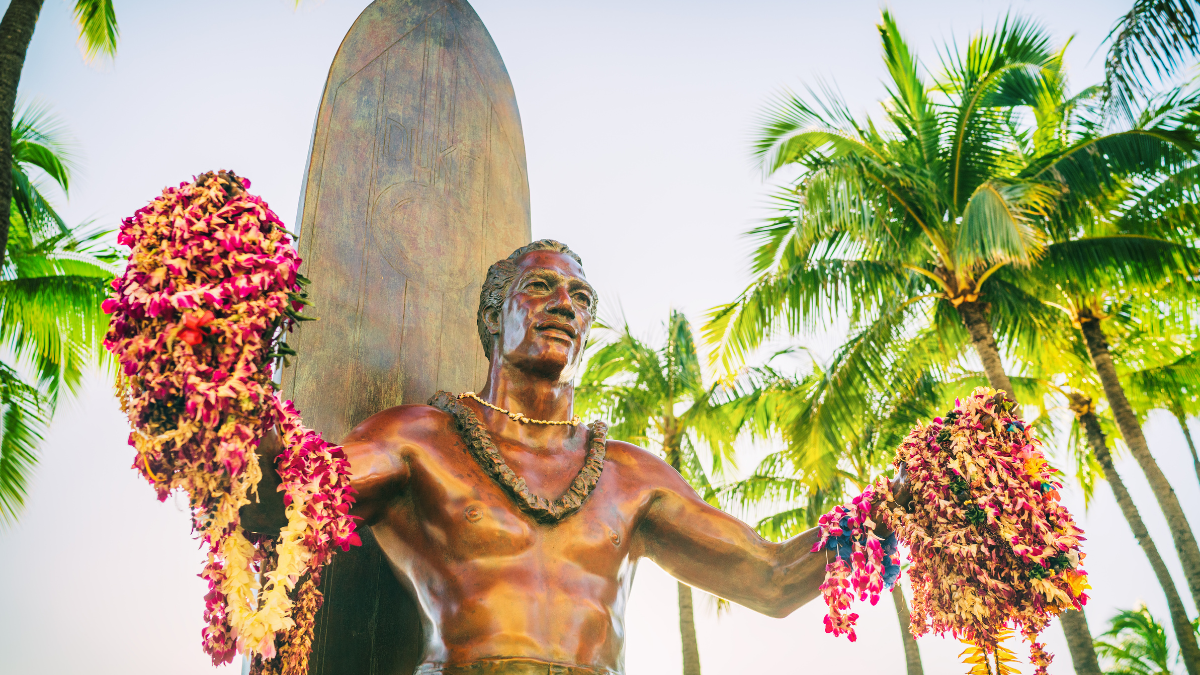
Conclusion:
Maui is the ultimate whale-watching experience, especially during the peak season from December to April. Thousands of humpback whales migrate to Hawaii’s warm waters and you get to see breaching, tail slapping, and more.
Plan your trip during these months and you won’t miss the magic!
Frequently Asked Questions
What Kind of Whales Can You See in Maui?
The stars of the show in Maui are the humpback whales. But keep your eyes open and you might see other whale species too.
Sperm whales, melon-headed whales, false killer whales, and baleen whales can all be seen.
Should You Book a Tour or Watch from the Shore?
Both have their advantages. Tours get you to the best viewing spots with expert guidance.
But finding a good spot on land is free and you can watch whales at your own pace. If you’re lucky, you might even see a whale breach just off the coast while having your morning coffee.
Are Whale-watching Tours Kid-friendly?
Most whale-watching tours allow kids and even offer discounts. It’s a great educational experience for them and will help them develop a love and appreciation for marine life.
But choose a tour operator that focuses on safety and has commentary geared towards younger audiences. Also, some kayak or canoe tours may not accept kids, so check their policy beforehand.
Can You See Whales in Maui During the Summer Months?
While the best time for whale watching in Maui is the winter months, the ocean around these islands is full of marine life year-round.
While humpback whales migrate, summer is the time to see spinner dolphins, spotted dolphins, and even the occasional whale shark. Plus, the calm summer waters are perfect for snorkeling, diving, and other water sports.
Share:
